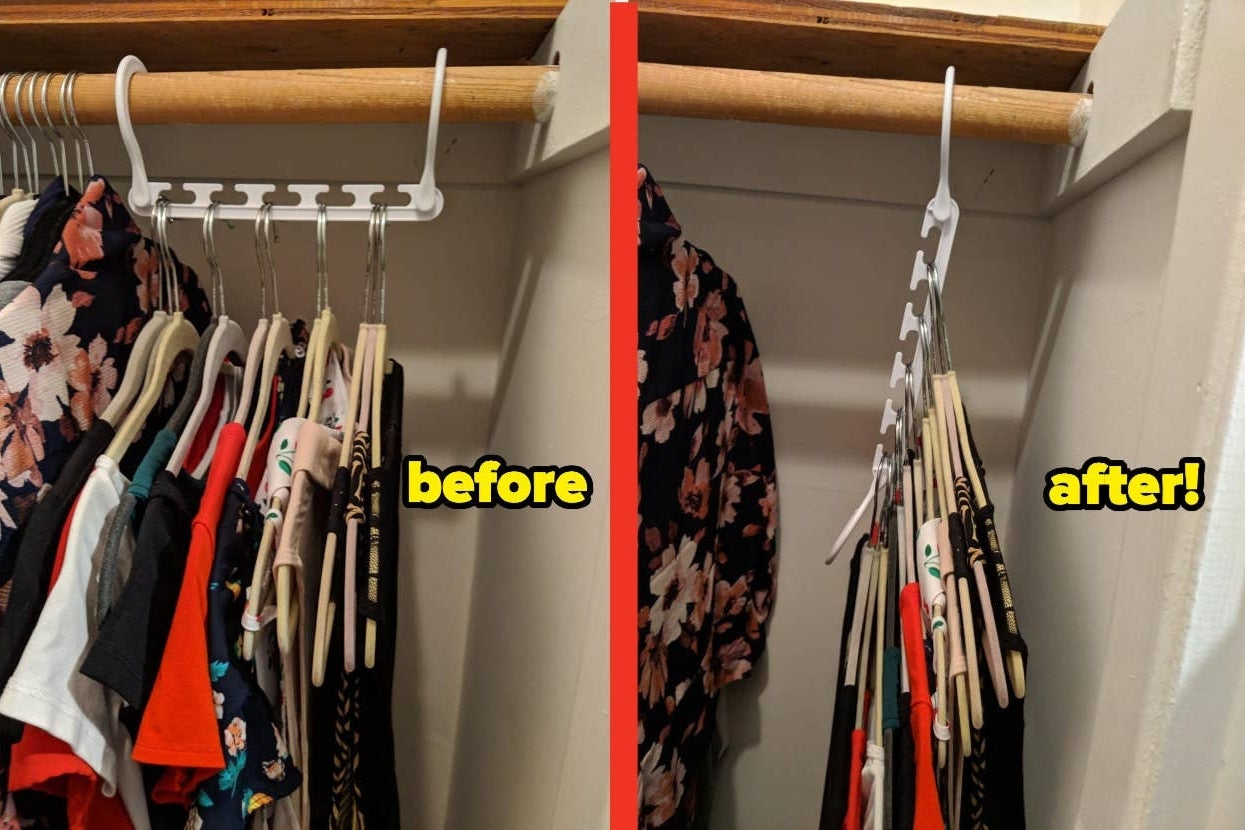 National City is a gutsy Navy and working-class town of about 50,000. San Diego is its northern neighbor. In 1941, a sharecropper's son named Kile Morgan arrived, made his fortune, and decided, as impossibly quaint as it may sound, that he owed his neighbors something in return. After all, growing up in Tennessee and Missouri during the Depression, he'd often gone to bed hungry, whereas he'd never missed a meal in National City. That was good enough for Kile.
National City is a gutsy Navy and working-class town of about 50,000. San Diego is its northern neighbor. In 1941, a sharecropper's son named Kile Morgan arrived, made his fortune, and decided, as impossibly quaint as it may sound, that he owed his neighbors something in return. After all, growing up in Tennessee and Missouri during the Depression, he'd often gone to bed hungry, whereas he'd never missed a meal in National City. That was good enough for Kile.He served as mayor for two decades beginning in 1966, pioneering the concept of the auto park (now-ubiquitous clusters of dealerships, designed to reap sales tax revenue for municipalities), creating a Heritage Square of historic residences, paving roads, rebuilding sewers, persuading the May Co. to build a regional shopping center, and raising the funds to build high-rise affordable housing for older people. He became famous for finishing what he started, occasionally cutting corners to get the job done, keeping secrets, turning off his hearing aid when he found you tiresome, and running through city managers as if they were Diet Cokes. When he took office, the city couldn't cover its payroll. By the time he left, it had $8 million in reserves.
I got to know the mayor when I covered National City for a local paper, the Star-News, in 1978-79. He died on Maundy Thursday at 89 after a long, faithful life of joyous servanthood and practicing the art of the possible. He'd asked that I be one of his eulogis
 ts.
ts.After the service, I got caught up with Charlotte Webster and her son Tom, who could be the twin of his substantial late father George. As manager of the Chamber of Commerce, George was Kile's cheerful consigliere, feeding me stories and taking me to McDini's for corned beef and shrimp cocktail. As much as I enjoyed my time in National City, I learned that year that I wasn't cut out to be a journalist. Just as the Cold War was, according to Bob Dole, the age of Nixon, in National City I was experiencing the age of Morgan. He was so good at what he did, and so obviously proceeding from good motives, that it seemed churlish seriously to question any of it in print. At least in part as the result of the glaring lack of objectivity in my reporting. I believe I was Kile's favorite reporter. At least, I was the only one he asked to speak at his funeral.
Friday's service was at the One in Christ Church, an American Baptist parish where the mayor had been a church council member and usher for many years. Like many urban congregations, One in Christ is struggling against the tide of demographics. On Sundays, its soft-spoken, thoughtful pastor, J
 ames Kilinsky, welcomes a congregation of whites, Latinos, and Laotian-Americans. Everyone worships together, so Pastor Jim produces a complicated 16-page trilingual bulletin, and without a church secretary. Money's tight, but he's still preaching the good news of fellowship, community, and the hope of the Resurrection.
ames Kilinsky, welcomes a congregation of whites, Latinos, and Laotian-Americans. Everyone worships together, so Pastor Jim produces a complicated 16-page trilingual bulletin, and without a church secretary. Money's tight, but he's still preaching the good news of fellowship, community, and the hope of the Resurrection.Around the corner is the oldest church in town, St. Matthew's Episcopal (pictured here). A National Historic Site, it was completed in 1887, built from California redwood on a skeleton of timbers brought around the horn, presumably from the east coast or Canada. At 8:30 a.m., its front door was wide open, the downscale neighborhood notwithstanding. As I knelt to pray in the silent, fragrant nave, I wished that when I'd worked in town all those years ago, I'd thought to visit the church of my forebears, just once. All that time, it had been there, and it would've done me some good.








No comments:
Post a Comment